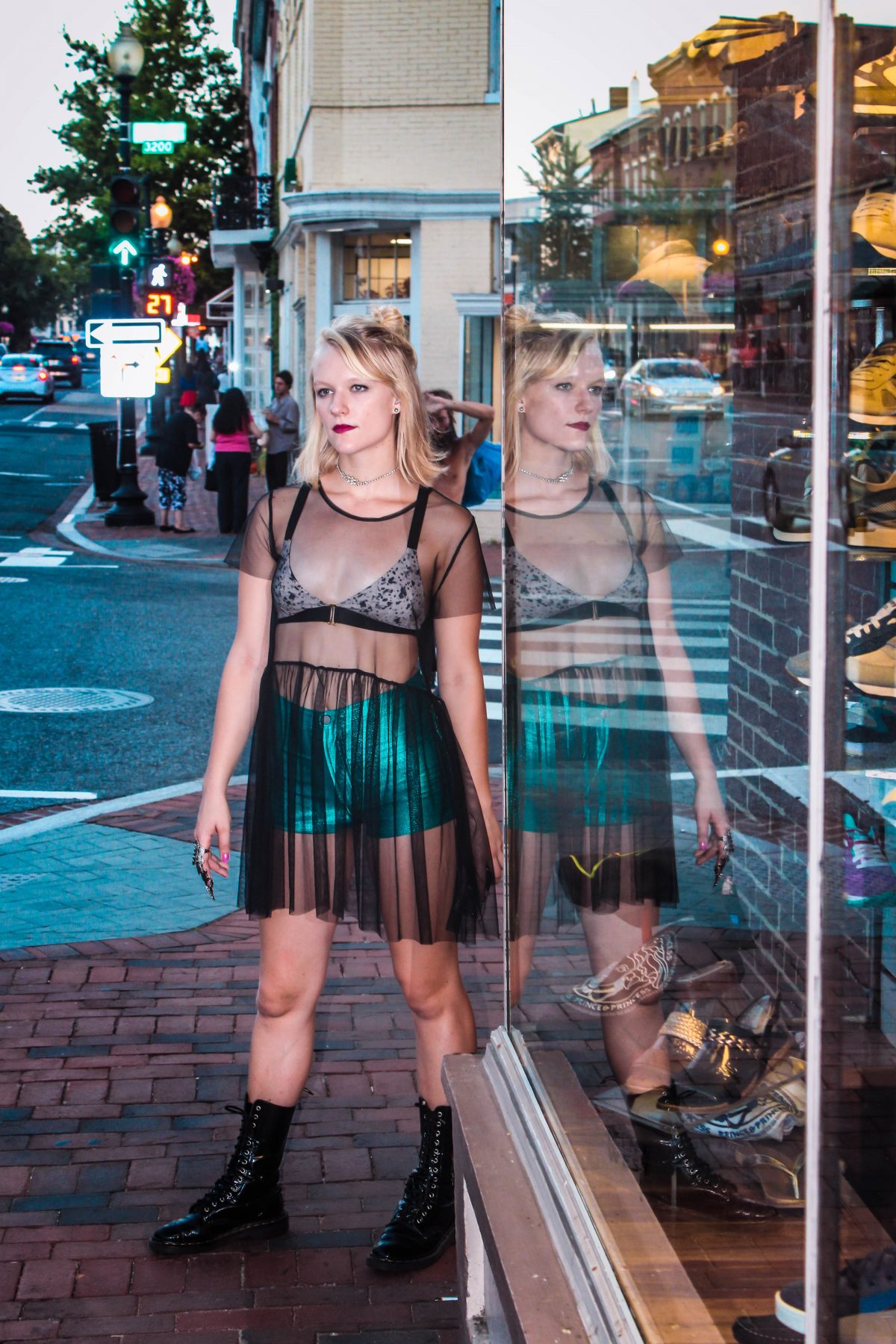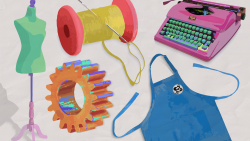Fashion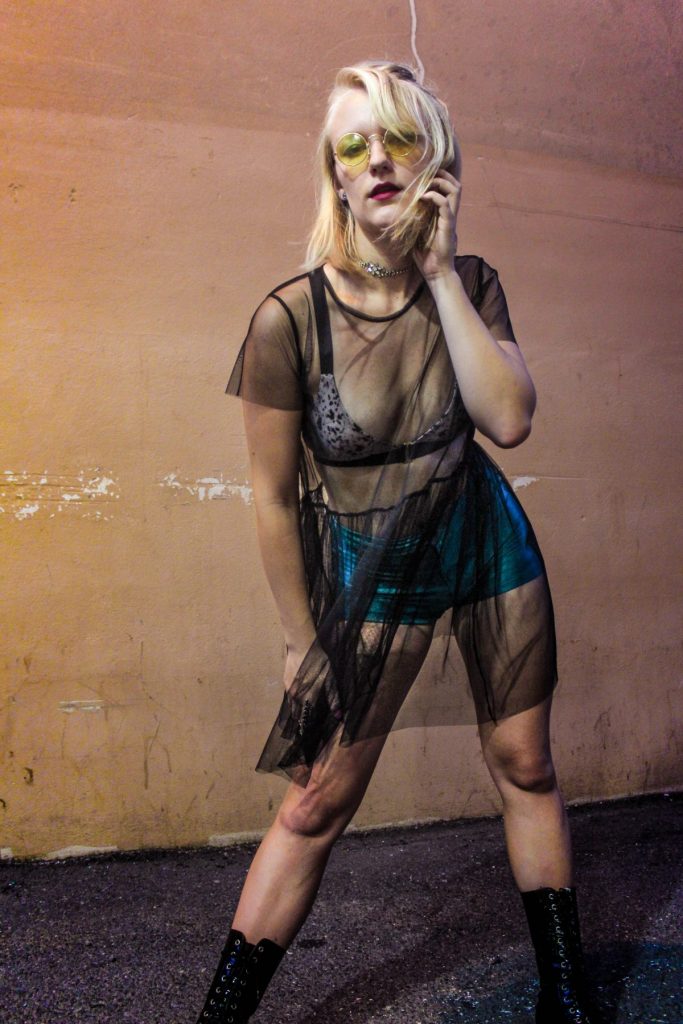

D.C.’s image has never connoted high-fashion; instead the city rests its laurels on the steadfast prestige of politics and international affairs. The expectation of a formal, never-wavering professional atmosphere, always focused toward the future rather than the now, can feel stifling for those wishing to express themselves in seemingly “unconventional” ways. I express “unconventional” tentatively because what appears unconventional in D.C. barely scratches the surface of what garners attention in other cities such as New York and Tokyo. Walk the crowded alleyways of Tokyo’s Harajuku if you’re interested in truly experiencing a style that ranges across all types of unconventionality. After spending the last year living abroad in Japan, the stark contrast of returning to a city centered on such conformity, without the presence of sub-cultures or a central fashion movement, is jarring. In D.C., the desire to express oneself is lost beneath the sea of political ambition and narrow definitions of proper workplace attire.
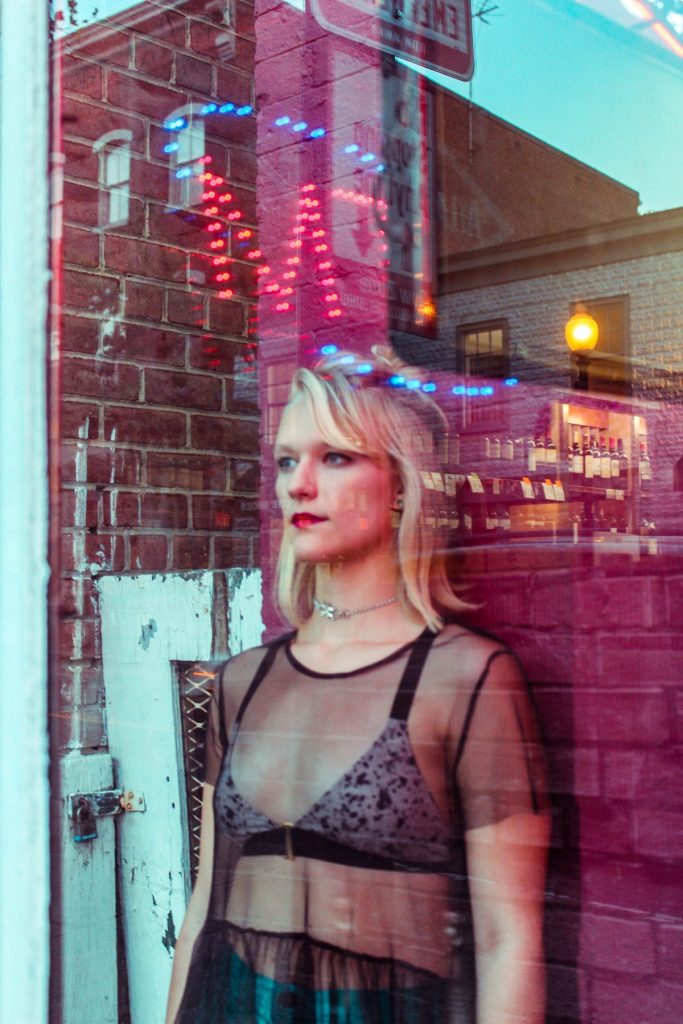

Likewise, the culture at Georgetown looms hegemonic. This culture is enforced through a preprofessional drive to present the best version of oneself, unblemished, with just a small enough public hint of ambition to create intimidation amongst other students. For that reason, as a photographer, my one and only rule is no LinkedIn profile pictures, although I’m open to any other type of photographic endeavours. Admittedly, limited on-campus opportunities for creative expression are available, yet these are often smothered in discussions of club entrance interviews, IR midterm prep, and internships on the Hill. Beyond those, there are few opportunities to create conversations around art. Even if an artist puts in the effort to create a finalized product, it would exist isolated and unacknowledged by the vast majority of students.
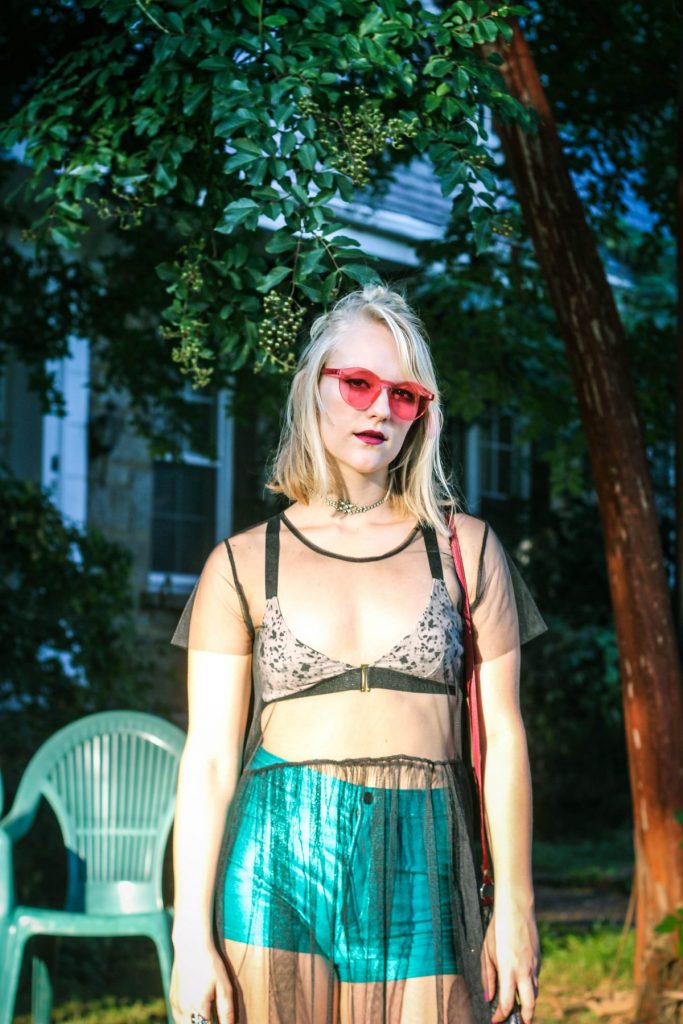

Fashion, just like the other forms of art at Georgetown, should be something considered as important as a resume filler, not because it can further your position in the world, but because it cements your existence in the world. Self-expression is a daring attempt to offer up the rawest projection of yourself to others, to let them look at the image you create of yourself from your own hands. It means allowing yourself to be scrutinized without the security blanket of a prescribed dress code. At a platformless place like Georgetown, displaying a more adventurous style often can feel like a daunting obstacle, insurmountable and isolating. If you dare to deviate, people make no attempt to hide their barbed curiosity. It’s as if they’re witnessing a man casually walking around a crowded mall in Tokyo, which specializes in vintage games and eclectic art books, with a monkey on his shoulder. This is a real-life example of something I encountered that more closely resembles the definition of “unconventional” than wearing neon disco pants and a mesh dress top. In a certain sense, exploring the boundaries of your own comfort (and discomfort) allows you to uncover the deeper essence of yourself, if you feel like getting metaphysical about it. In another sense, it lays you bare to the unabashed and startlingly blatant stares of onlookers who make little attempt to hide their inability to comprehend a deviation from the expected.
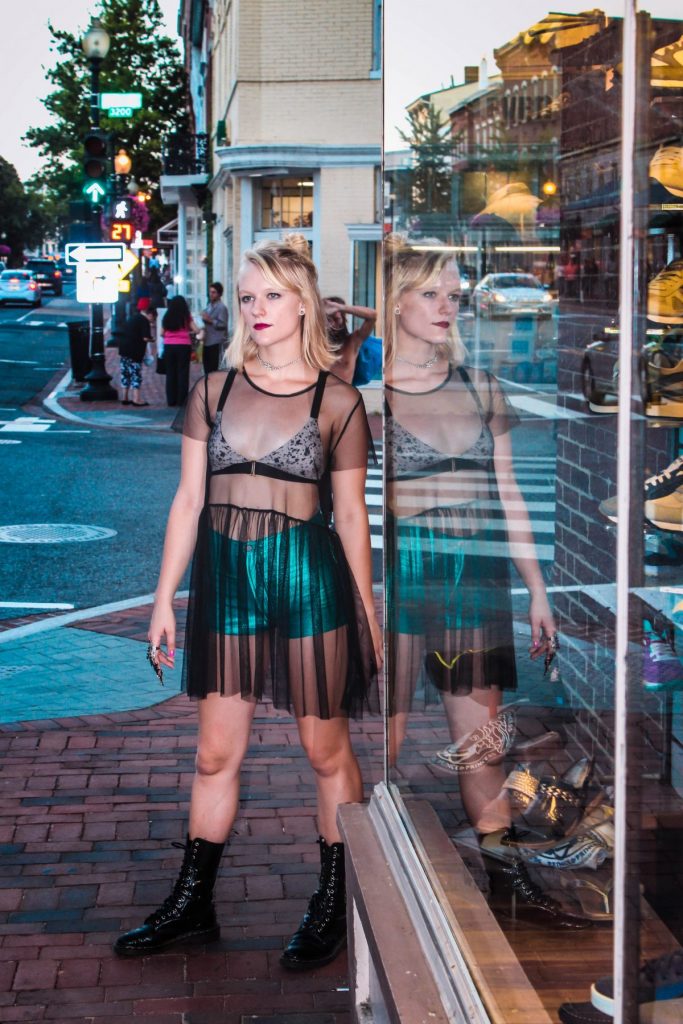

In short, fashion takes courage, especially on Georgetown’s campus. Yet despite that, expressing individuality is essential in order to assert an authentic identity, something uninfluenced by career prospects or by the ideals of a community that often feels stuckin a bubble of JFK-era nostalgia. The idealization of the traditionally conventional Jackie Kennedy style, a style which is censured in its very role of representing the first lady as a job rather than an individual, is visibly pervasive in the stores along M Street. In a rigidly enforced pre-professional society, it is certainly no simple task to present a genuine, unadulterated version of your creative self. However, as expressed by the words of infamous and audacious artistic icon Steve Brule, “you gotta fly like an eagle, not be like a turkey.”
Taylor Bond is a Senior in the College who does part time photography (@james.blonde8), full time judo, and worships her roommate Camille.
Photos by Taylor Bond


